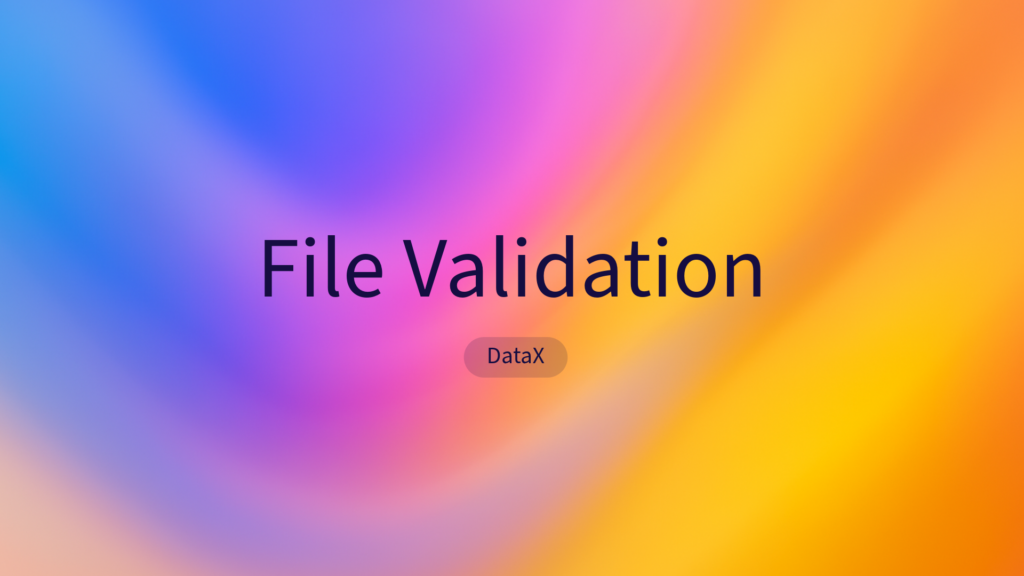``(A) In general.--The term `transaction' means the transfer of product between persons in which a change of ownership occurs.
``(B) Exemptions.--The term `transaction' does not include--
``(i) intracompany distribution of any product between members of an affiliate or within a manufacturer;
``(ii) the distribution of a product among hospitals or other health care entities that are under common control;
``(iii) the distribution of a product for emergency medical reasons including a public health emergency declaration pursuant to section 319 of the Public Health Service Act, except that a drug shortage not caused by a public health emergency shall not constitute an emergency medical reason;
``(iv) the dispensing of a product pursuant to a prescription executed in accordance with section 503(b)(1);
``(v) the distribution of product samples by a manufacturer or a licensed wholesale distributor in accordance with section 503(d);
``(vi) the distribution of blood or blood components intended for transfusion;
``(vii) the distribution of minimal quantities of product by a licensed retail pharmacy to a licensed practitioner for office use;
``(viii) the sale, purchase, or trade of a drug or an offer to sell, purchase, or trade a drug by a charitable organization described in section 501(c)(3) of the Internal Revenue Code of 1986 to a nonprofit affiliate of the organization to the extent otherwise permitted by law;
``(ix) the distribution of a product pursuant to the sale or merger of a pharmacy or pharmacies or a wholesale distributor or wholesale distributors, except that any records required to be maintained for the product shall be transferred to the new owner of the pharmacy or pharmacies or wholesale distributor or wholesale distributors;
``(x) the dispensing of a product approved under section 512(c);
``(xi) products transferred to or from any facility that is licensed by the Nuclear Regulatory Commission or by a State pursuant to an agreement with such Commission under section 274 of the Atomic Energy Act of 1954 (42 U.S.C. 2021);
``(xii) a combination product that is not subject to approval under section 505 or licensure under section 351 of the Public Health Service Act, and that is--
``(I) a product comprised of a device and 1 or more other regulated components (such as a drug/device, biologic/device, or drug/device/biologic) that are physically, chemically, or otherwise combined or mixed and produced as a single entity;
``(II) 2 or more separate products packaged together in a single package or as a unit and comprised of a drug and device or device and biological product; or
``(III) 2 or more finished medical devices plus one or more drug or biological products that are packaged together in what is referred to as a `medical convenience kit' as described in clause (xiii);
``(xiii) the distribution of a collection of finished medical devices, which may include a product or biological product, assembled in kit form strictly for the convenience of the purchaser or user (referred to in this clause as a
`medical convenience kit') if--
``(I) the medical convenience kit is assembled in an establishment that is registered with the Food and Drug Administration as a device manufacturer in accordance with section 510(b)(2);
``(II) the medical convenience kit does not contain a controlled substance that appears in a schedule contained in the Comprehensive Drug Abuse Prevention and Control Act of 1970;
``(III) in the case of a medical convenience kit that includes a product, the person that manufacturers the kit--
``(aa) purchased such product directly from the pharmaceutical manufacturer or from a wholesale distributor that purchased the product directly from the pharmaceutical manufacturer; and
``(bb) does not alter the primary container or label of the product as purchased from the manufacturer or wholesale distributor; and
``(IV) in the case of a medical convenience kit that includes a product, the product is--
``(aa) an intravenous solution intended for the replenishment of fluids and electrolytes;
``(bb) a product intended to maintain the equilibrium of water and minerals in the body;
``(cc) a product intended for irrigation or reconstitution;
``(dd) an anesthetic;
``(ee) an anticoagulant;
``(ff) a vasopressor; or
``(gg) a sympathomimetic;
``(xiv) the distribution of an intravenous product that, by its formulation, is intended for the replenishment of fluids and electrolytes (such as sodium, chloride, and potassium) or calories (such as dextrose and amino acids);
``(xv) the distribution of an intravenous product used to maintain the equilibrium of water and minerals in the body, such as dialysis solutions;
``(xvi) the distribution of a product that is intended for irrigation, or sterile water, whether intended for such purposes or for injection;
``(xvii) the distribution of a medical gas (as defined in section 575); or
``(xviii) the distribution or sale of any licensed product under section 351 of the Public Health Service Act that meets the definition of a device under section 201(h).



